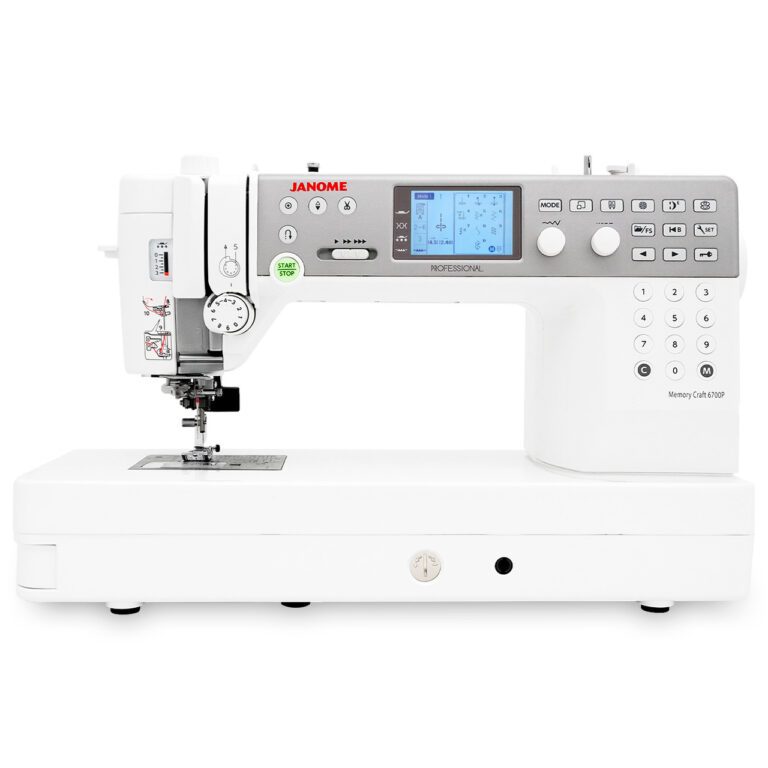Embroidery enthusiasts and hobbyists alike know the value of having the right tools at their disposal. Among these tools, SewWhat Pro stands out as a comprehensive embroidery software that empowers users to create, edit, and customize embroidery designs with ease.
Unveiling the Features of SewWhat Pro
SewWhat Pro boasts an array of features that cater to the diverse needs of embroidery enthusiasts. Here are some of its key capabilities:
-
Design Creation: SewWhat Pro provides a user-friendly interface for designing custom embroidery patterns. This includes tools for drawing shapes, adding text, importing images, and applying various embellishments.
-
Editing and Enhancement: Whether you’re refining a pre-existing design or adding intricate details, SewWhat Pro offers advanced editing features. These include rotating, mirroring, resizing, and adjusting stitch density to achieve the desired effect.
-
Conversion and Import/Export: SewWhat Pro seamlessly converts embroidery designs between various formats, ensuring compatibility with different embroidery machines and software programs. It also allows importing images, fonts, and other design elements from external sources.
-
Hoop Calibration: To ensure precise stitch placement, SewWhat Pro features a hoop calibration tool. This helps establish the relationship between the embroidery design and the physical hoop, ensuring consistent results.
-
Stitch Preview and Simulation: SewWhat Pro provides a stitch preview feature that allows you to visualize the stitched design on the screen. This helps identify potential issues and refine the design before transferring it to fabric.
-
Batch Conversion: For those working with large quantities of embroidery designs, SewWhat Pro offers batch conversion capabilities. This streamlines the process of converting files between different formats, saving time and effort.
Unlocking Hidden Gems: Expert Tips for SewWhat Pro
To fully harness the power of SewWhat Pro, here are some expert tips and tricks:
-
Embrace the Ribbon Bar: SewWhat Pro’s latest feature, the Ribbon Bar, offers a more intuitive and user-friendly interface. Utilize it to access commonly used tools and functions with ease.
-
Utilize the Tip of the Day: SewWhat Pro’s Tip of the Day feature provides valuable insights and keyboard shortcuts to streamline your workflow. Make it a habit to check it regularly.
-
Explore the Color Wheel: SewWhat Pro’s color wheel offers advanced color selection options. Experiment with different color combinations and palettes to enhance your designs.
-
Master the Layering Tool: The layering tool allows you to create intricate designs by combining multiple objects. Take advantage of this feature to create layered effects and depth.
-
Customize Your Interface: SewWhat Pro’s customizable interface allows you to personalize your workspace with fonts, colors, and layout preferences. Tailor it to suit your workflow and preferences.
Conclusion: SewWhat Pro: A Gateway to Embroidery Excellence
With its comprehensive features, user-friendly interface, and advanced capabilities, SewWhat Pro stands as a powerful embroidery software for hobbyists and professionals alike. By utilizing its features effectively and leveraging the expert tips provided, you can unlock the true potential of SewWhat Pro and create stunning embroidery designs that leave a lasting impression.
Supported Formats:
- DST: Tajima Embroidery Format
- HUS: Husqvarna Viking Embroidery File
- KSM: Pfaff Embroidery Design File Format
- PES: Brother Embroidery Format
- PHC: Home Embroidery File (S & S Computing)
- SEW: Home Embroidery File (S & S Computing)
- SST: Sunstar Embroidery Stitch File (S & S Computing)
- TAP: Happy Embroidery Design File (S & S Computing)
- ART: Image File (BMP, JPEG, GIF, PNG)
Design Creation Tips:
-
Start with a Simple Design: Begin with basic shapes and gradually add complexity to your design.
-
Use Grid Lines: Grid lines provide a visual reference for positioning and aligning elements.
-
Embrace Layers: Create multiple layers for different design elements to organize and modify effectively.
-
Utilize TrueType Fonts: Import and manipulate fonts to add text and personal touches to your designs.
Editing and Enhancement Tips:
-
Adjust Stitch Density: Fine-tune stitch density for thicker or thinner lines and patterns.
-
Utilize Mirror and Rotate Tools: Create symmetrical designs by mirroring and rotating elements.
-
Embellish with Outlines and Fills: Add depth and dimension to your designs with outlines and fills.
-
Optimize Stitch Order: Arrange stitches to minimize thread tension and improve stitch quality.
Conversion and Import/Export Tips:
-
Check Compatibility: Verify compatibility of exported designs with your embroidery machine.
-
Choose Appropriate Color Palette: Select a color palette that suits the project and garment.
-
Consider Hoop Size: Adjust design size to fit the intended hoop dimensions.
-
Use Batch Conversion for Efficiency: Convert multiple designs simultaneously for streamlined workflow.
Hoop Calibration and Stitch Preview Tips:
-
Perform Regular Hoop Calibration: Ensure precise stitch placement by calibrating the hoop regularly.
-
Utilize Stitch Preview: Visualize the stitched design before transferring it to fabric for accuracy.
-
Identify and Rectify Issues: Use stitch preview to identify and fix any alignment or spacing issues.
-
Adjust Stitch Placement: Fine-tune stitch placement based on preview and feedback.
Related Posts
Discover relevant articles, tutorials, and tips to improve your skills and explore new techniques.
Stay inspired and connected to our embroidery community.






